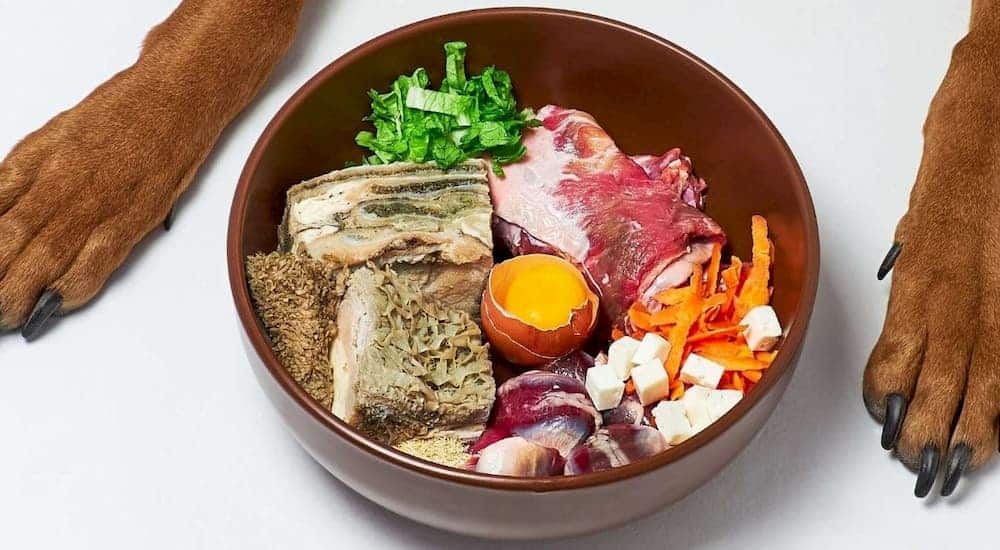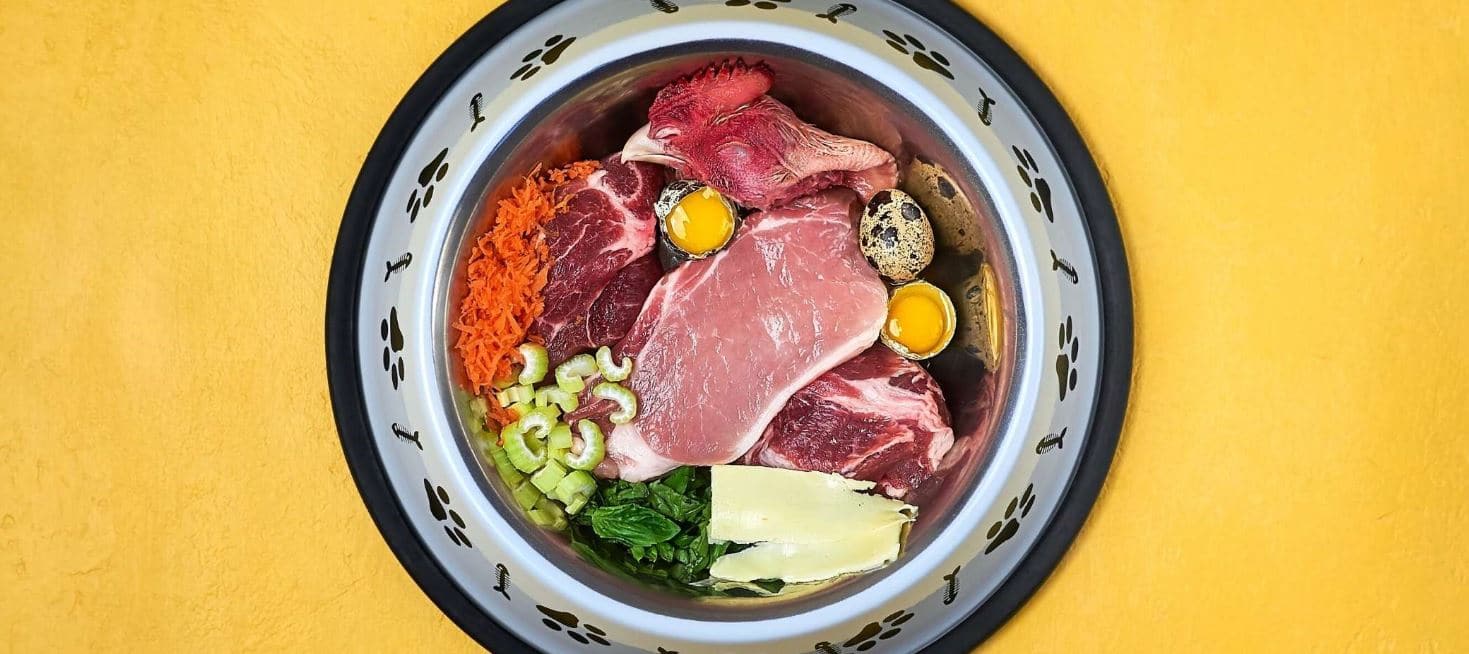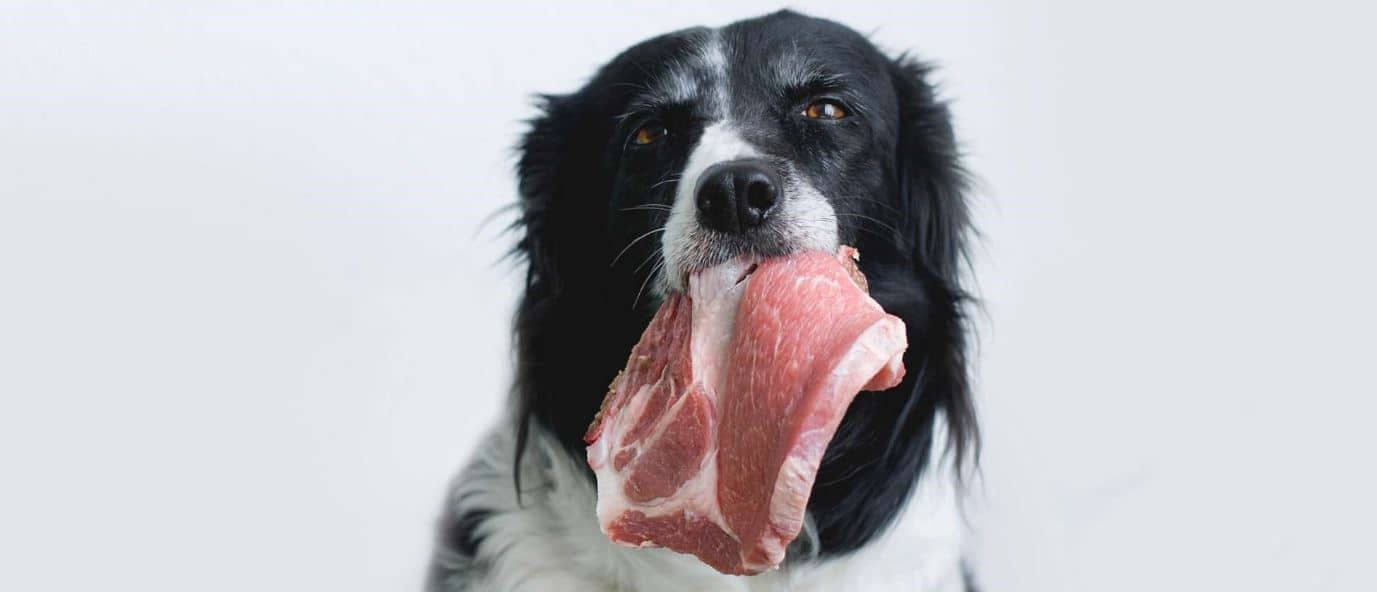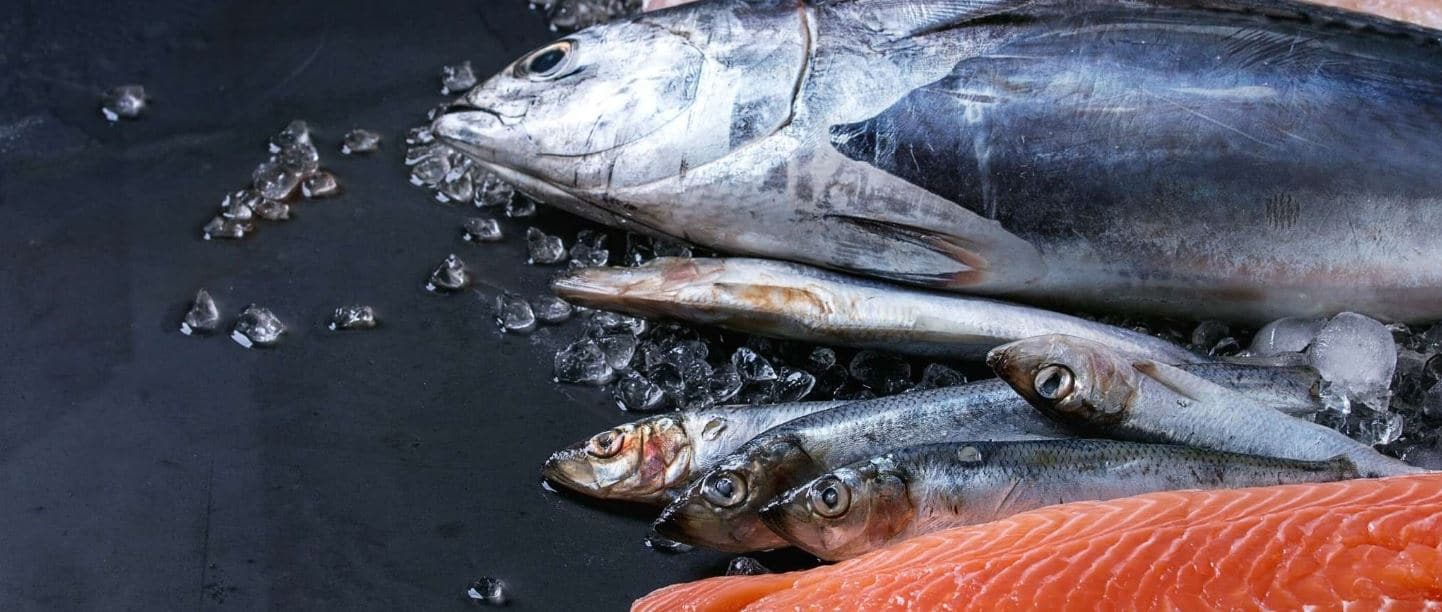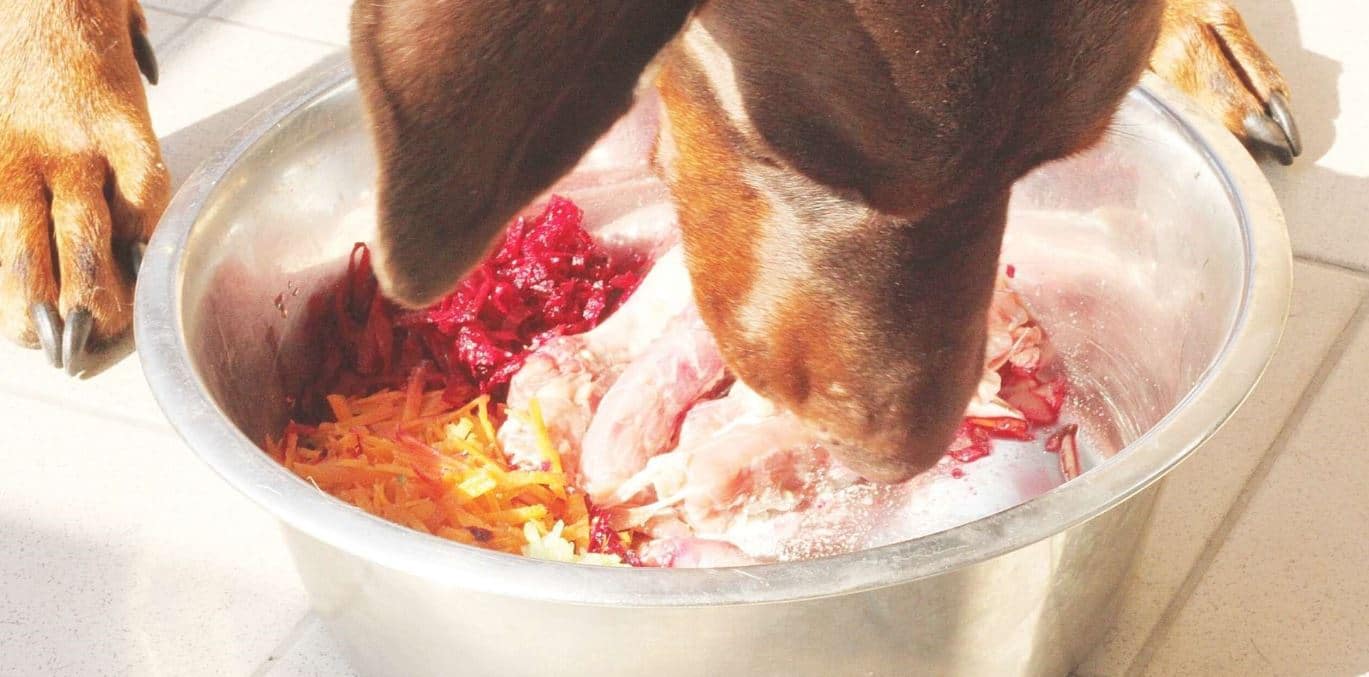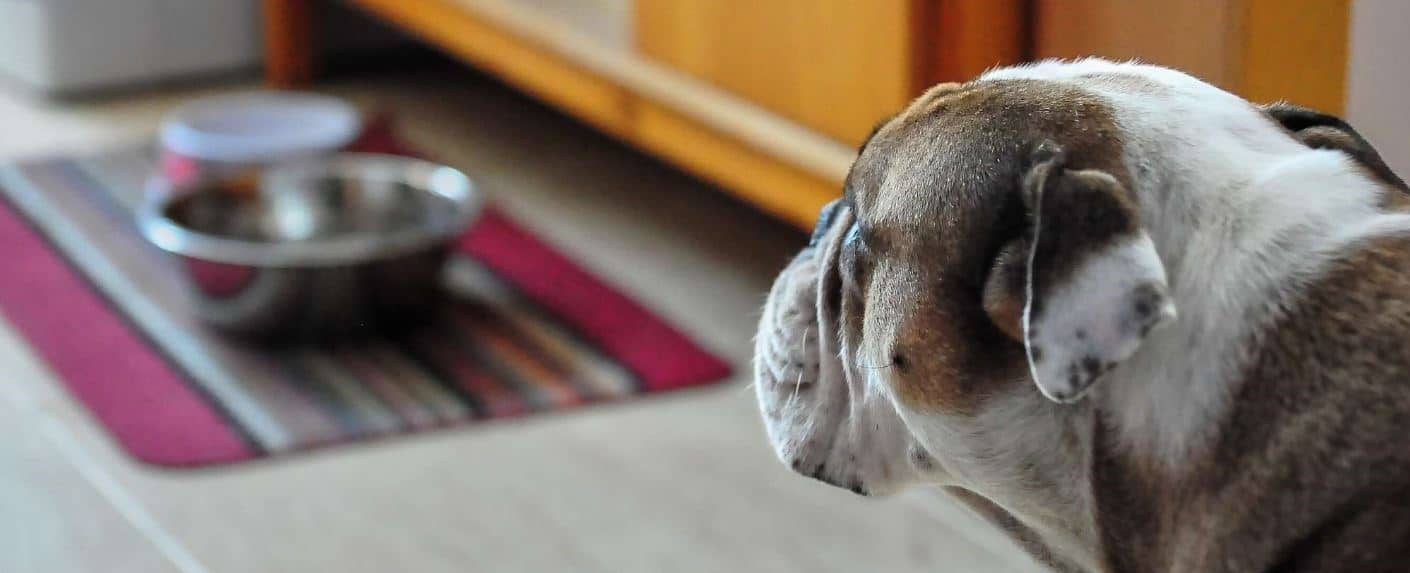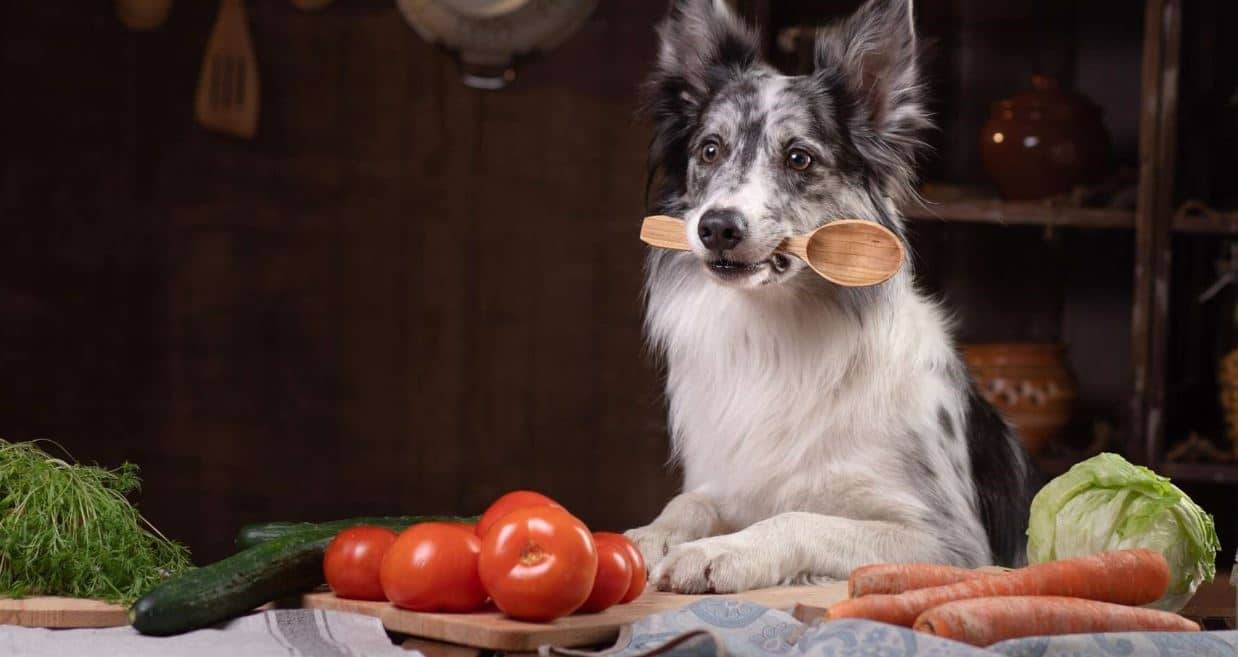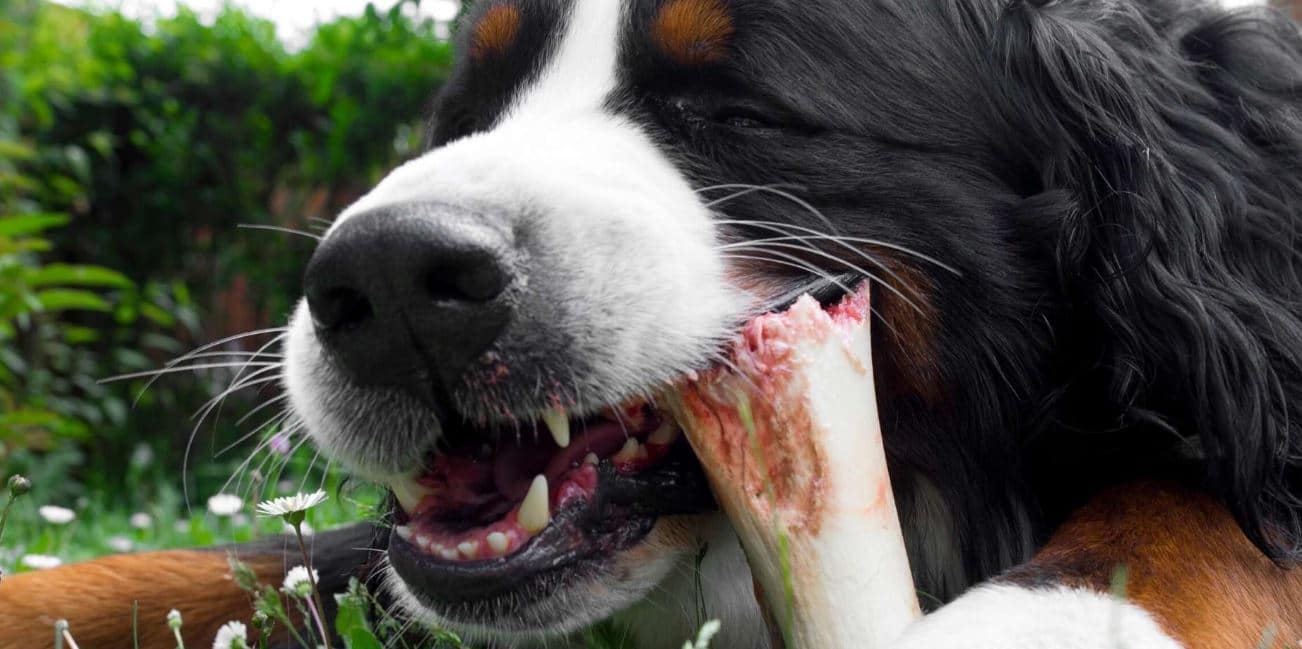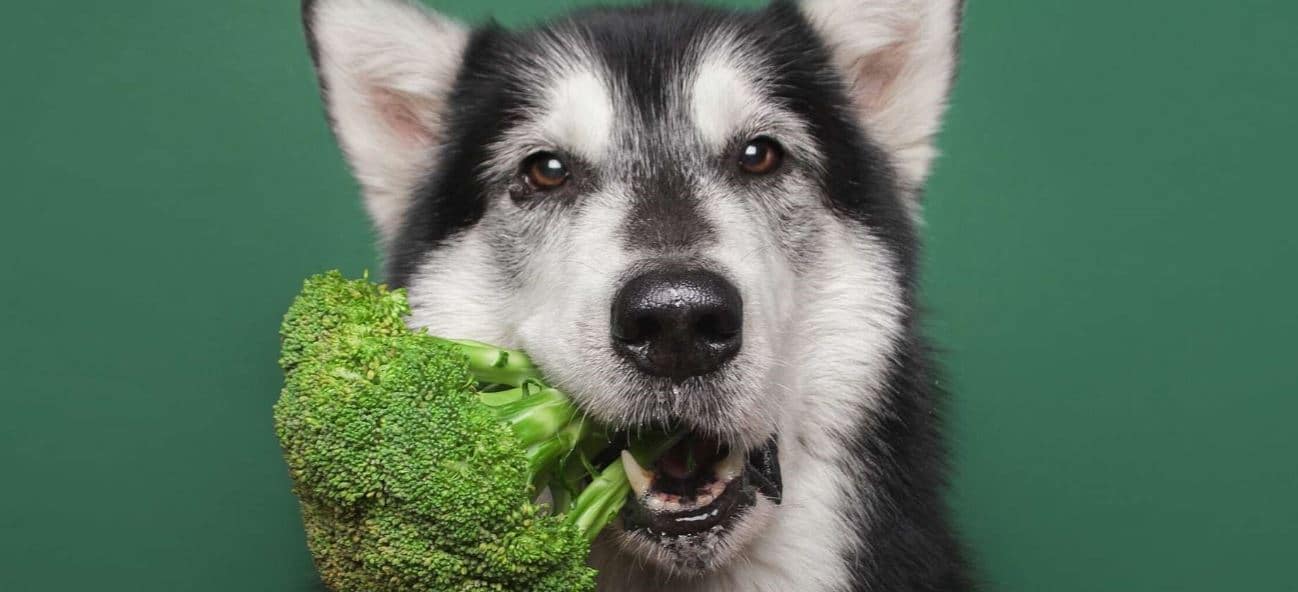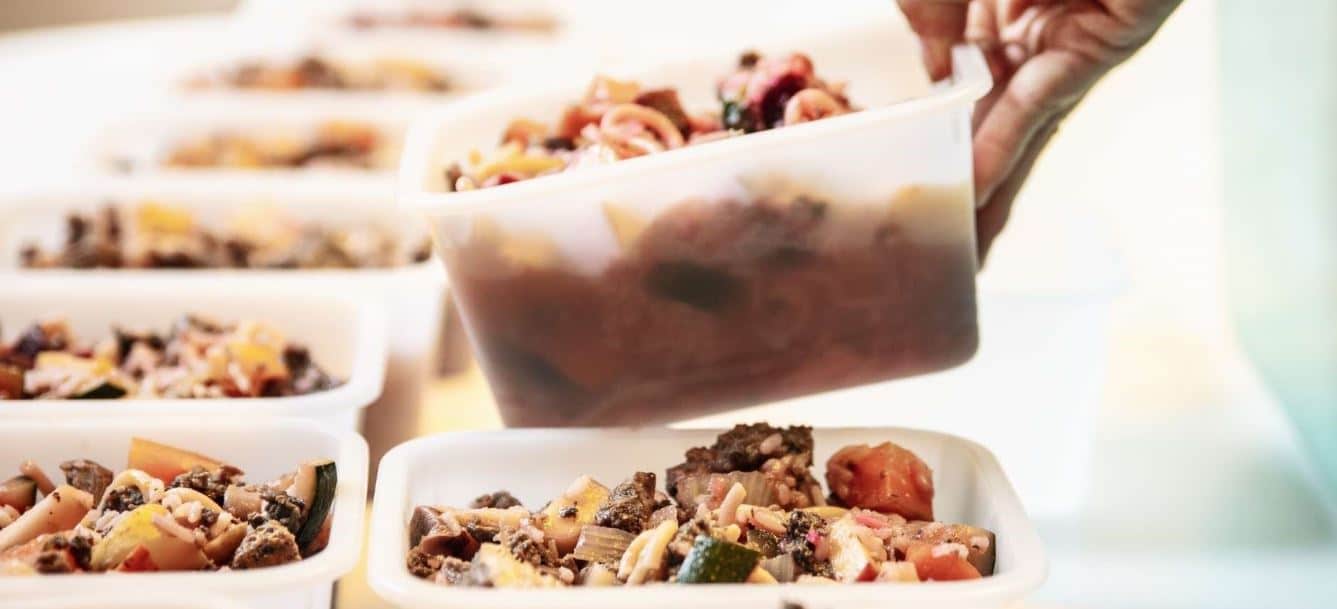As I was perusing social media, I noticed a growing trend of owners creating colorful raw dog food recipes for their four-legged friends. They would grab their trusty mortar and pestle to grind up various eggs, supplements, vegetables, etc. with all kinds of meat and organs.
As a dog owner myself, I was a bit taken aback not knowing what to think about this new diet. Despite already knowing dogs are descendants of wolves and thus primarily carnivores, I was skeptical about the idea of feeding my fur baby raw chicken or beef. To satisfy my own curiosity, I dove into researching the world of raw dog food diets. According to a survey conducted by Pet Food Industry.com, 37% of pet owners were interested in trying a raw food diet and 13% were currently feeding their pup the same meal plan. However, is the raw dog food diet just a weird trend on social media or is it an actual, healthy diet?
What Is a Raw Dog Food Diet?
A raw dog food diet consists of various meats and organs combined with whole or crushed bones, fruits, vegetables, raw eggs, and some dairy. There are many variations of a raw diet which may also include feeding dogs raw vegetables and fruits with cooked meat.
Supplements like fish and coconut oil or spirulina can be added for additional health benefits. Feeding domesticated dogs raw meats and organs has been a controversial issue for many years and can be extremely harmful if prepared incorrectly.
Can Dogs Eat Raw Meat?
You may be wondering, “can dogs eat raw chicken?” Giving domesticated dogs raw foods has shown to have some health benefits such as a shinier coat, better bowel movements, cleaner teeth, and increased energy. However, feeding your dog raw foods can also have detrimental effects.
There are many people who slowly build up their dog’s raw food diet by introducing it carefully into their pet’s regular routine. For example, putting fruits and veggies into your dog’s kibble, adding a raw egg, and then small pieces of raw and cooked meat. This is essential if you want to transition your furry friend from traditional dog food to a raw diet.
Can Dogs Eat Raw Fish?
Just like humans, dogs should not eat raw fish if you are unsure of its quality. Sushi grade fish could be fine; however, vets usually recommend to err on the safe side and avoid all raw fish.
Raw fish can harbor harmful bacteria and parasites that can infect your beloved pal. In addition, tiny fish bones can become a choking hazard for your pet. However, cooked fish can be safely added to a dog’s diet. Cooked fish can offer many health benefits for a dog’s skin, coat, eyesight, and heart health. Fish like salmon, cod, whitefish, and tuna are all excellent sources of protein.
What Are The Benefits of Feeding Dogs Raw Food?
Raw dog food is homemade; therefore, you have full control of the ingredients. If your vet says that your dog needs high fiber dog food you can easily introduce raw pumpkin, carrots, kale, or apples to their meal plan. If you know that your dog needs high protein dog food, you can customize their meal with chicken or lamb.
As your pet ages, they may need high calorie dog food if they have thyroid issues or are losing weight. For this, you can add more eggs or meat as you see fit. In addition to being able to customize with ease, raw dog food has many benefits including:
- Increased convenience for picky eaters
- Better overall dental health
- Easier weight control
- Improved digestion
- Healthier skin and coat
- Reduction of allergy symptoms
- Good bowel movements
- Increased mobility in senior pets
- More energy and stamina
What Are The Risks of Raw Food Diets?
When you cook dinner for you and your family, the Food and Drug Administration (FDA) consistently instructs people to rinse meats and wash hands with warm soapy water before and after handling raw meats and fish. This is because common, yet harmful, bacteria like Salmonella and Listeria Monocytogenes can easily be transmitted during preparation; this is the same when preparing meals for our pets.
To prevent the spread of these potentially life-threatening bacterial infections, never touch your face when preparing your pets’ food and wash all utensils, surfaces, and bowls extremely well before and after. It’s also crucial to abide by expiration dates and temperature regulations for storing raw meat.
Even if you do all of the above, it still doesn’t mean you’re completely out of harm’s way. There is always a risk and you should be aware of this at all times.
Healthy Homemade Dog Food Recipes
Due to the risks associated with harmful bacteria contamination in raw dog food recipes, we have included a few recipes for homemade and partially raw dog food for beginners to safely start the process while also still staying safe. Here are a few of our favorites:
Turkey Dog Food Recipes
Ingredients:
- 1 ½ cups brown or white rice
- ½ cup of riced cauliflower
- 1 ½ tablespoons coconut or olive oil
- 3 pounds ground turkey
- 4 cups baby spinach
- 3 carrots, shredded
- 1 zucchini, shredded
- 1 cup peas
- ¼ of water
Directions:
- Preheat a medium-sized pan on the stove with the olive oil.
- Cook the ground turkey for 4 to 6 minutes until browned.
- Add all the vegetables to the same pan (you can use frozen, just may take 1 to 2 minutes longer to completely defrost)
- Cook for another 3 to 4 minutes.
- Remember to avoid adding any seasoning which could hurt your dog’s tummy.
- Wait for food to cool (3 to 4 minutes). You can add water to the cooled food if you want.
Chicken Dog Food Recipes
Ingredients:
- 2 pounds of chicken
- ½ cup of bone broth
- 2 cups of riced cauliflower or broccoli
- 1 cup of 100% canned pumpkin (make sure it is not pie filling)
- ½ cup of green beans
- ¼ cup of plain, non-fat yogurt
Directions:
- Cook the chicken by either boiling or pan-searing until the internal temperature reaches 165 degrees Fahrenheit.
- Add bone broth to the same pan and pour in the 2 cups of riced cauliflower or broccoli.
- Once thoroughly heated, include the green beans and stir them often.
- Take off the heat and add the yogurt and pumpkin.
- Let the food fully cool and serve to your pup!
Fish Dog Food Recipes
Ingredients:
- 1 salmon filet
- 1 tablespoon of olive oil
- 2 hard-boiled or raw eggs
- 1 cup of white or brown rice
- 1 cup of peas and carrots (frozen or shredded)
Directions:
- Pan sear or bake salmon with olive oil until it reaches an internal temperature of 145 degrees Fahrenheit (make sure there are no bones).
- Hard-boil two organic eggs (do not add salt or pepper).
- Cook the white or brown rice and set aside to cool.
- Make the peas and carrots with olive oil in a pan or steam over water.
- Let cool before combining it in a large bowl.
- Mash well until fully mixed. Do not include the skin of the salmon.
How Healthy Are Raw Bones for Dogs?
If you are interested in trying raw bones for dogs, this may be a safe alternative to the raw diet and can offer your pup many nutritional benefits. The minerals contained in raw bones for dogs such as phosphorus, calcium, and magnesium, and bone marrow are extremely healthy for domesticated dogs. These can all contribute to better skin, nail, and dental health, as well as stronger bone density as they age. If you are thinking about purchasing raw bones for dogs, always make sure they are ethically sourced from the U.S. You should always avoid chicken and duck bones because they can splinter and break off causing your dog immense pain. As a responsible owner, you need to monitor your dog at all times while they are chewing a raw bone.
Is Vegetarian or Vegan Dog Food Healthy?
According to the American Veterinary Medical Association (AVMA) and Pet WebMD vegetarian and vegan dog food are not typically recommended unless your pupper is allergic to meat proteins found in traditional dog food. There are some vegan dog food brands that are extremely balanced with plenty of nutrients. However, it’s important to note that not all vegan dog food is created equal and must be heavily researched before you decide.
Dog owners must consult a licensed veterinary nutritionist before switching them to a vegan dog food diet. With guidance from a vet, some dogs can be safely transitioned onto a pescatarian (no meat, but fish) diet. Raw fish is highly toxic for dogs and should always be cooked before serving. Some raw diets can include cooked fish with raw eggs, vegetables, and fruit.
Is Homemade Food Better Than Dog Kibble?
This has been debated over the years; however, most vets recommend a balance of kibble and fresh, healthy food to make sure your dog is getting the necessary nutrients they need to live a balanced life. Homemade food is great and can sometimes be cheaper than organic kibble or other meal prep delivery services if done correctly. Always look up the food or ask your vet before feeding it to your dog. Onions, mushrooms, garlic, nuts, grapes, are just a few of the many foods dogs should never eat.
Health Decisions That Matter
Whether you decide to try a full or partially raw diet, cook homemade dog food, or just stick with high-quality kibble, it’s important to know how much to feed your dog and what it could mean for their health. Always consult your vet and research heavily before trying a new doggy diet. Their feeding habits will affect their entire life so it’s crucial you don’t start anything too suddenly.
Just like choosing healthy food, dog insurance with Prudent Pet is a great way to keep your pet healthy and happy throughout every stage of their life. Prudent Pet is always here for you and your four-legged friend even when times get ruff.
Want to learn more about prescribed dog food coverage, policy specifics, or anything else? Give our helpful insurance agents a call anytime at 888-820-7739 or get a FREE quote online.

